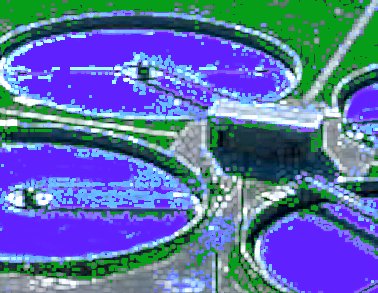As salt concentrations in industrial wastewaters are increasing, Adriana B. Deorsola and colleagues, Universidade Federal do Rio Janeiro, Rio de Janeiro, Brazil, investigated the influence of four chloride salts at different concentrations on the biological treatment of a synthetic wastewater in sequencing batch reactors (SBR). The selected cations were Na, Ca, K, and Mg, in view of their frequent occurrence in industrial wastewaters and their relevant role on the bioflocculation process.
Long term assays were performed (30 d) operating aerobic SBR with a 24-h cycle (23 h of reaction and 1 h of sedimentation and draining). Salt content varied from 0 to 6 % m/v in different assays, using synthetic wastewater with an average COD of 2000 mg/L. When salt was not added to the SBR influent, chemical oxygen demand (COD) removal averaged 95 %. For the higher salt concentration tested (6 % m/v), average COD removals for NaCl, KCl, MgCl2, and CaCl2 were, respectively, 81, 92, 83, and 87%. Some deleterious effects caused by the salt concentrations were the reduction of protozoa population and diversity and sludge deflocculation, which caused a rise on the SBR effluent turbidity.
In total the SBR showed to be a robust and adequate reaction system to treat wastewater containing large amounts of chloride salts.
- Biological Treatment of Saline Wastewaters in an Aerobic Sequencing Batch Reactor,
Adriana B. Deorsola, Gilberto C. Camarinha, Denize D. Carvalho, Geraldo L. Sant’Anna Jr.,
Environm. Progress Sustain. Energy 2012.
DOI 10.1002/ep.10634




